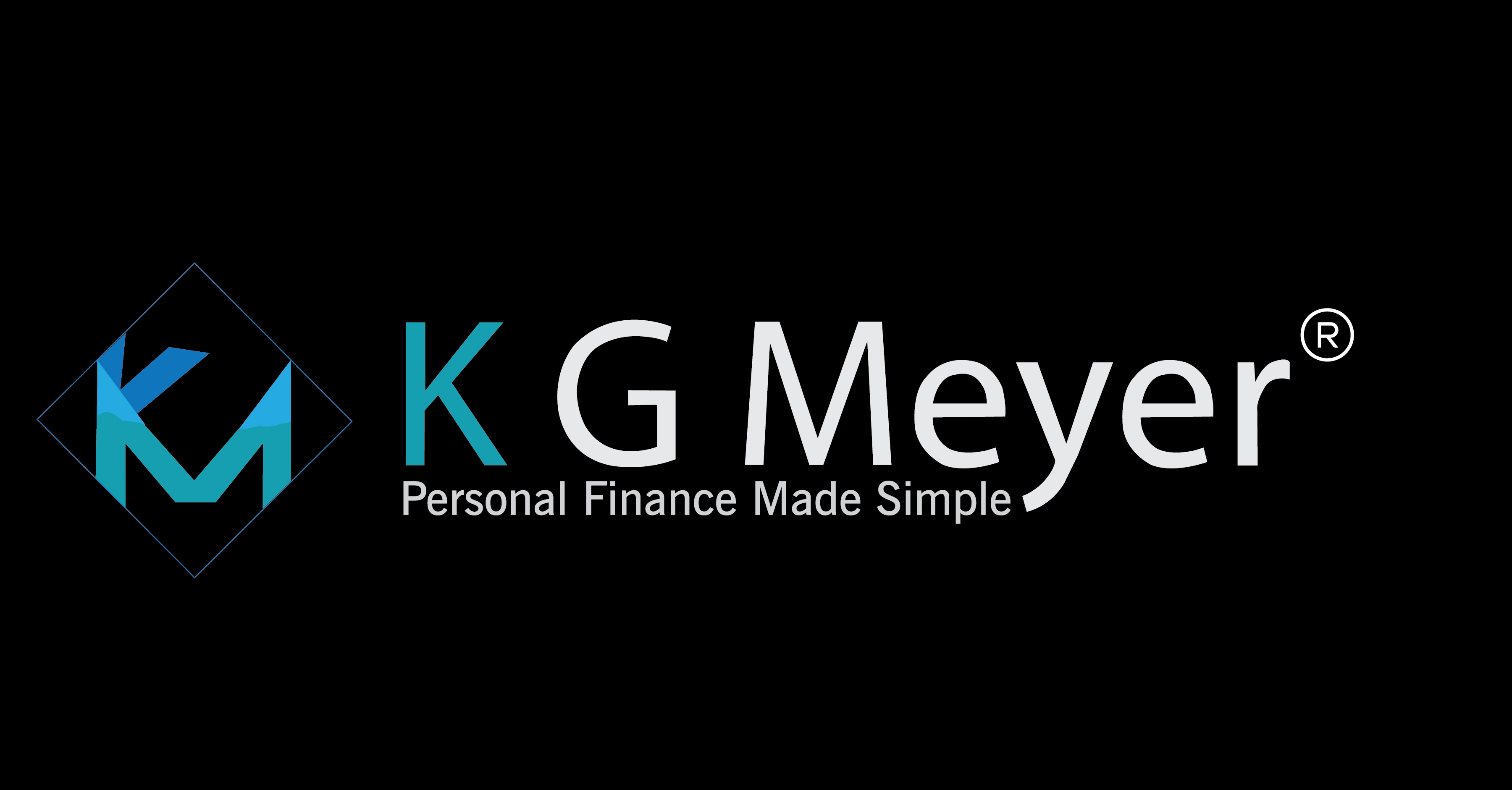There are a few legal ways in which you can trim your tax liability in retirement. Most people save for retirement in either a 401(k) or similar type account or an Individual Retirement Account (IRA) for their retirement savings. By saving in one of these accounts, you may enjoy benefits now in the form of reduced taxes in the year you contribute and then watch your account grow tax-deferred for what we all hope is decades. This will make saving for retirement less painful now, and it does not require any strange or possibly questionable techniques.
But with most things saving for retirement does have some rules that must be followed and the main one is that you must make withdrawals starting at age 70 ½. If you do not make the required minimum distribution (RMD), then you will be hit with a 50% tax penalty on the funds that you should have withdrawn. And RMD’s are based on the amount you have in the account and your projected life expectancy.
However, if you have large balances in these retirement accounts, the RMD’s may cause you to pay higher income taxes depending on what these withdrawals do to your taxable income, and they are considered ordinary income. RMD’s could cause your Social Security to be taxed at a higher rate, trigger a surtax on taxable investments and cause a higher Medicare high-income surcharge. The key to avoiding these things is proper planning of your RMD’s.
Manage Withdrawals
One way to reduce your RMD’s at age 70 ½ is to start taking money from the accounts at age 59 ½ when you first become eligible for penalty-free withdrawals. If you start withdrawals before age 59 ½, you will face a 10% penalty in addition to income taxes owed. With the help of a financial planner, you can better gauge what withdrawals will make your RMD’s lower and maximize your tax situation. The key to making early withdrawals is to keep them small enough so that they do not place you in a higher tax bracket now and yet high enough that they will help keep you in a lower tax bracket when you have to make RMD’s.
And by making earlier withdrawals before age 70 ½, you can supplement your income and delay taking Social Security benefits. If you are like me and your full retirement age is 67, and you delay your benefits until age 70 you will receive an additional 24% in your benefits. If you elect to take your benefits before 67, you will see lower benefits of about 36% of their full benefits.
Another way to manage your RMD’s is to convert a 401(k) or Traditional IRA into ROTH IRA. But by doing this, you will incur income taxes on the amount you convert. This means that all of the money that you saved tax-deferred will be taxed as ordinary income and rolled over into a ROTH IRA where the RMD at age 70 ½ does not apply. The trick here is to convert just enough of your retirement accounts to get just below the upper limit of your tax bracket. If you make the conversion shortly after you retire your income should be lower than when you are working or before when you are receiving Social Security benefits.
Invest in a QLAC
Another way to delay your RMD is to purchase a qualified longevity annuity contract or QLAC. This is where you can take up to 25% of your IRA or 401(k) up to $125,000 and purchase a QLAC. This is an annuity that is deferred income annuity meaning you pay now and take payment at a later age. A QLAC allows you to delay your payments until you are age 85. But QLAC’s can and are complex financial instruments, and you need to understand what it is you are purchasing. Some QLAC is not guaranteed in terms of receiving money back to your heirs if you pass away before starting your QLAC payments. But if you elect for the protection of premiums paid, you can receive lower annual payments for this safety. When purchasing QLAC’s or any annuity, it is wise to consult a financial planner to explain the pro’s and con’s of the annuity and explain all of the fees associated with the product.
Asset Placement
What assets you place in a retirement account can also affect the RMD’s later. Think of it this way. If you have stocks and equities that pay dividends, they tend to grow at a higher rate than a corporate bond that pays a fixed rate of interest. That means that as the account ages the RMD’s on an account with equities will be higher due to the fact it increased at a higher percentage. And the bond that has principle and interest payments will grow at a much lower percentage when compared to equities. That and it may make more sense tax-wise to have the equities in a taxable account as capital gains, and dividends tend to be taxed at a lower rate when compared to ordinary income tax rates. And a bond’s interest is taxed at ordinary income tax rates no matter where they are held. So, bonds will grow slower meaning the RMD will be lower when compared to an account that holds equities.
Work Longer
A final way to keep RMD’s at bay is to keep working and delay the RMD’s from your workplace’s retirement account. Now, this technique does not allow you to delay other retirement accounts unless your current plan allows you to roll over previous 401(k)’s into their plan. That would allow you to delay your RMD until you retire as compared to being forced to start the withdrawals at age 70 ½.
If you have any questions, please feel free to leave a comment here or send me an email. For a free PDF on financial planning join my email newsletter mailing list on the form below.



